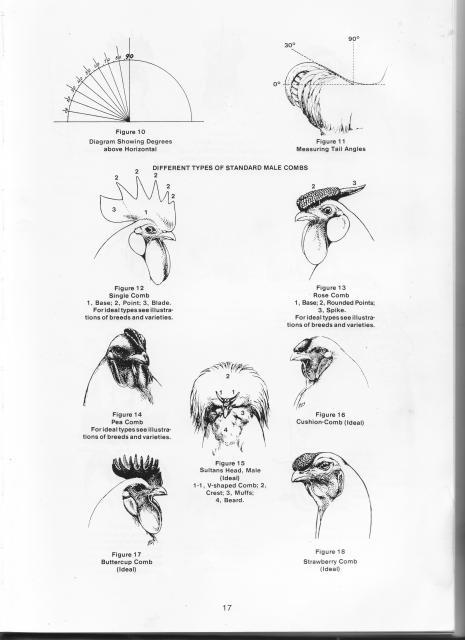So heres the deal. I have a public speaking class at my homeschool co-op, and I am writing an informative speech on chiken combs, So I need the origin, and maybe the story behind Single combs, Pea combs, and buttercup combs, if possible. The stuff behind the other type of combs would be OK too. So I will keep looking, and hopefully one of you will have an answer too, but even if you don't, that's OK too. And no Wikipedia. My teacher says it is 'unreliable', as it can get changed and edited.
Last edited:

